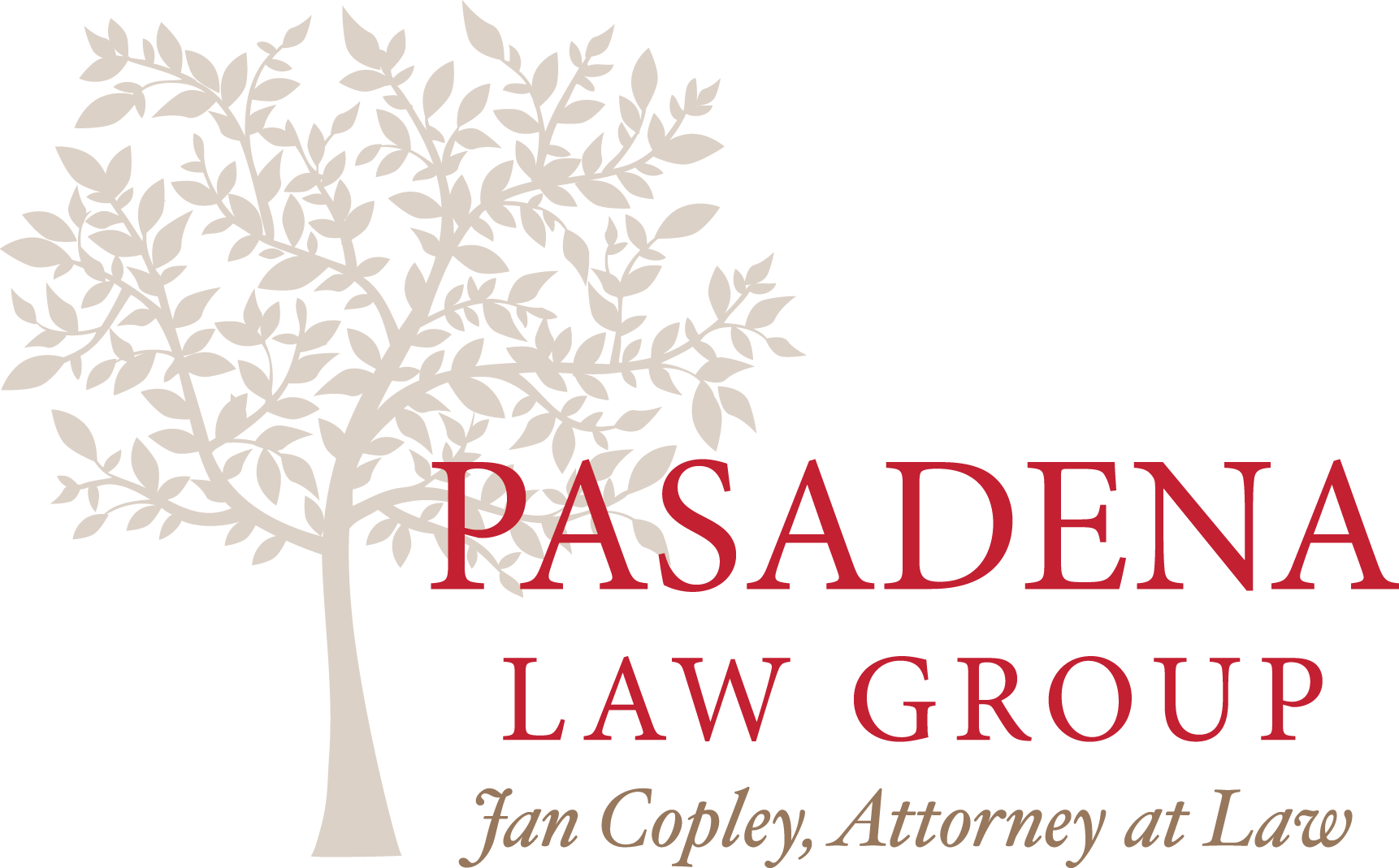If you’re looking ahead to retirement 5 years from now or 20 years from now, you need to have a specific strategy in place to help protect your interests. The support of an estate planning lawyer can help guide you through this process and help you make adjustments to your plan as needed over the course of your lifetime. The three tax buckets include:
- Your tax free bucket, in which money grows tax free and whether you withdraw those gains or leave the money to your beneficiaries after you pass away. Certain limitations do apply to the tax free nature of these funds and assets that fall into this category include life insurance, and Roth IRAs.
- The taxable This refers to those savings where you’ve already paid taxes on the money and if you invest it, you also pay taxes when you get a return. Common examples of items in the taxable bucket include savings accounts, CDs, or brokerage accounts.
- Tax deferred buckets. These are assets such as deferred annuities, 401(k)s and traditional IRAs that grow tax deferred. This means you are only hit with tax impacts when you withdraw the money.
Each of these may have different implications for how you use them in your own retirement as well as which ones you leave behind to your loved ones after you pass away. For more support in creating a customized estate plan for your needs, set up a time to speak with an estate planning attorney in your area.










